An erudite deliberation by Dr. Swaraj how technology altered our identity. From image-junkies we have transformed to selfie-junkies. An exclusive for Different Truths.
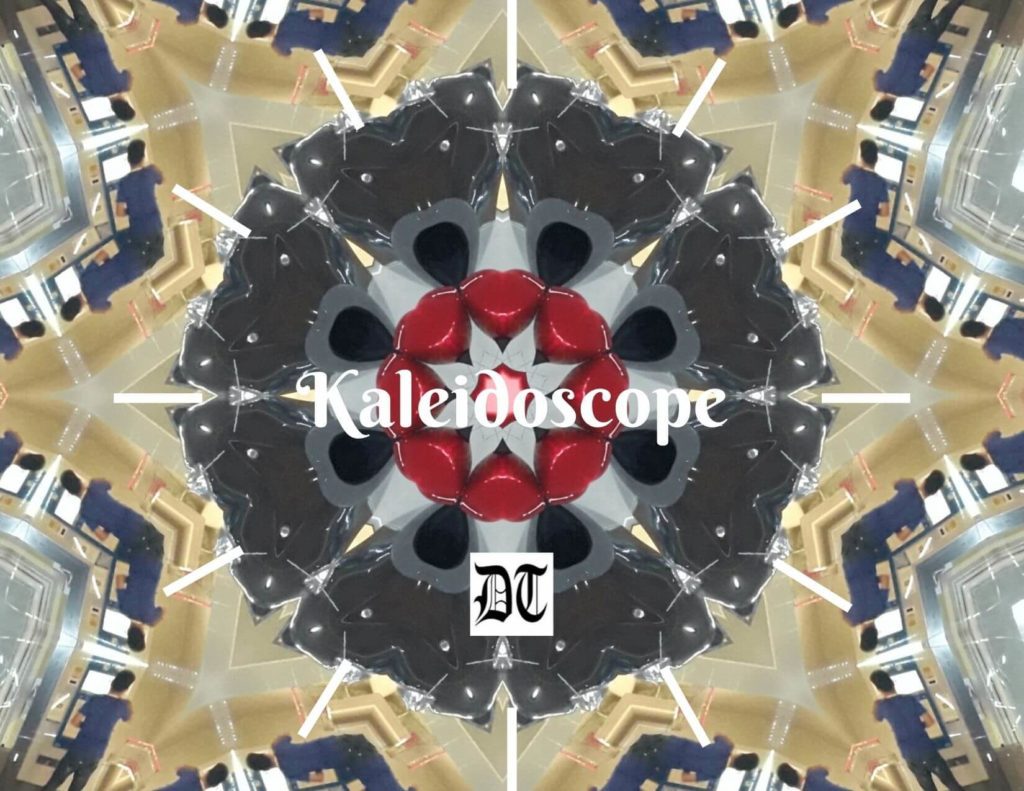
It is commonplace that as inventors of technology, humans use technology to their own advantage. Any other way of looking at the relationship of humans with technology would appear counterintuitive. But when we analyse this relationship, we realise that is not simply a one-way process. We tend to overlook the fact that the technology we use reinvents us also.
Lewis Mumford, a theorist of technology, nailed this issue tellingly in his Technics and Civilization (1934). He writes, “Moment to moment, it turns out, is not God’s conception, or nature’s. It is man conversing with himself about and through a piece of machinery he created.” We became “time-keepers, and then time-savers, and now time-servers” with the invention of the clock. Technology works its subtle magic to transform us without our realising it.
Technology Changes Us
How technology changes us is illustrated by two very nearly similar incidents. One took place in 2009, and the other, this year. Incidentally, both happened on the Panchkula-Shimla highway.
The Corona pandemic had almost imprisoned most of us to our homes this year also.
The Corona pandemic had almost imprisoned most of us to our homes this year also. We were pining to break free all the time. But most mountain getaways that heal the soul were inaccessible because of travel restrictions. Finally, towards the end of June travel restrictions were eased. On 7th July, I drove to Dagshai with a friend. He too, a lover of nature, was feeling like fish out of water.
Dagshai, in Solan district is a quaint, one-off hill station. A cool and sleepy cantonment town, it beckons lovers of nature. We spent our day breathing in fresh air in the sylvan surroundings. There were plenty of butterflies and birds to enliven our short sojourn. After supping nature but wanting still more, we started driving back home in the evening.
Roasted Corn-cobs
On our way back we stopped near Jabli to enjoy roasted corn-cobs. An old couple were roasting them on charcoal at a roadside kiosk. A few youngsters arrived on motorbikes and stopped for the chhalli. This is what we call the corncob in Punjabi. Fizzing with youthful exuberance, giggling and dancing, they started clicking their selfies. Then they took selfies with the chhalli seller couple also.
Way back on 16th September 2009, we had stopped for chhallies near Saloghra.
This incident took my mind down the memory lane. Way back on 16th September 2009, we had stopped for chhallies near Saloghra. Accompanied by a few colleagues, I was returning from Shimla after attending a Translation Workshop. When we were a little short of Saloghra near Solan, we encountered sharp showers.
We stopped because aquaplaning while driving downhill on wet, slushy roads could be dangerous. The temperature had also plummeted quite a lot. When the weather cleared, we started again. But we felt we needed a hot cup of tea to warm ourselves. A colleague suggested that roasted chhalli would be better than tea to beat the cold.
Nepalese Couple
We found an elderly Nepalese couple selling roasted corn-cobs. Their makeshift hearth by the roadside had a tarpaulin cover. The man, relatively sharp featured, had sunken cheeks and prominent cheekbones. He wore a rough-and-ready bluish black cap. The woman’s broad face had wrinkles all over. She had covered her head with a rugged but faded tangerine shawl. She wore a typical Nepalese nose ring with its loop drooping to her upper lip. Her face exuded peace and contentment. Both of them seemed to belong to a different age.
She was shucking the corn-cobs, clearing them of hair, and handing them to her man.
She was shucking the corn-cobs, clearing them of hair, and handing them to her man. He was roasting them on fire that they were stoking with hand fans. Their unhurried movements gave the impression that the abstract time did not exist for them. I tried to take a photograph of the couple with my camera. But the woman turned her face away. At first I thought it was unintentional. I tried a few more times but every time the result was the same. She did not want to be photographed.
Then I resorted to a different strategy employed for candid photography. With my camera slung in my neck, I clicked a few pictures without looking through the viewfinder. The trick worked.

Chhalli seller Nepalese Couple 
Portrait of the camera shy Nepalese woman
Subjectivity and Self-presentation
The boisterous youngsters clicking selfies at Jabli presented a contrast to that Nepalese woman. The contrast was so stark that a few questions cropped up in my mind. Aren’t the two situations illustrative of a totally different approach to subjectivity and self-presentation? That Nepalese woman was averse to being photographed. Whenever she saw me aiming my camera towards her, she avoided its gaze. Even my colleagues were intrigued by her behaviour. After all, who would not like to pose for a photograph? Did she consider it to be an invasion of her privacy?
Was she much like the 19th century South Africans who did not know how to pose?
Was she much like the 19th century South Africans who did not know how to pose? Did she not know how to look while being looked at by the camera? J.M. Coetzee grapples with these issues in an essay “Photographs of South Africa” published in his Stranger Shores (2001). Or was she like those tribals who fear that their photographs deprive them of their souls? Resistance of many tribal communities to being photographed is well documented by many anthropologists. Whatever the reason, she was not ready to be photographed. Her expressions were hard to read.
Sontag’s Image-junkies
Things have changed radically now. Cameras, Susan Sontag argues in her text On Photography turned us into ‘image-junkies.’ This was in keeping with the logic of the capitalist mode of production of our life. Photographic technology, Sontag argues is complicit with capitalism. When this book was published in 1973, consumer cameras had become affordable in the West. Tourism industry had come into its own. Visits by tourists to any place they visited were incomplete without a camera.
Sontag writes, “needing to have reality confirmed and experience enhanced by photographs is an aesthetic consumerism to which everyone is now addicted.”
Sontag writes, “needing to have reality confirmed and experience enhanced by photographs is an aesthetic consumerism to which everyone is now addicted.” The camera, as she argues, had made us into consumers of images. This is what capitalism thrives on. Humans are no more Homo sapiens, they have been transformed into Homo consumericus.
Transformed to Selfie-junkies
Things have moved much further since then. Our cell phone cameras have now transformed ‘image-junkies’ to selfie-junkies. Present day selfie culture has made it possible for us to be objects of our own gaze. In a way, selfie culture is not an entirely new phenomenon. Many painters in the past also painted their own portraits.
Self-portrait can be seen as the progenitor of modern selfie.
Self-portrait can be seen as the progenitor of modern selfie. But there is a big difference. Self-portraits were never traded. Unlike the selfie they did not herald the gaze of the other as Claire Raymond argues in The Selfie, Temporality and Contemporary Photography (2021).
Selfie culture is embedded in digitality. Digital technologies are the dynamo that drive transnational capitalism today. In this sense, selfie culture is complicit in the economic structures that organise contemporary life.
Temporality of Selfie
A selfie is not a material object. A printed copy of a selfie won’t qualify to be called a selfie. Claire Raymond writes in the Introduction to her book that “Selfie is as selfie does: an image of the self, by the self, for social media, in social media. And social media is run by algorithms”. Selfies being digital images, their temporality correlates with that of our own social media identities. In fact, snapchat selfies self-destruct after sometime and are not meant to be saved. The very ephemerality of a selfie naturally acts as a spur for the next selfie.
Generation Z has liquid identities, which are embedded in and derive from digital temporality.
Generation Z has liquid identities, which are embedded in and derive from digital temporality. Social media is their home. There is nothing outside the selfie and it has no life outside social media. We create selfies for others’ consumption. Selfies are posted, distributed and shared with others. Since selfies are shared willingly, selfie culture militates against the very idea of privacy. It is not the social media that is prying into our private lives. Actually, we do not have a private life any more.
Self-presentation and Vanity Mirror
Self-presentation through selfie brings to mind Belinda in Alexander Pope’s mock-epic The Rape of the Lock. She spent hours before her vanity mirror to deck herself up for social gatherings. In a way, we now carry our vanity mirror, our cell phone with us.
Like Narcissus we seem to have fallen head over heels in love with our own image.
Like Narcissus we seem to have fallen head over heels in love with our own image. To borrow Coetzee’s words, our images display the ‘narcissism of the looked-at’. We seek endorsement of self-love from others. All this buttresses individualism, which in turn underpins consumerism.
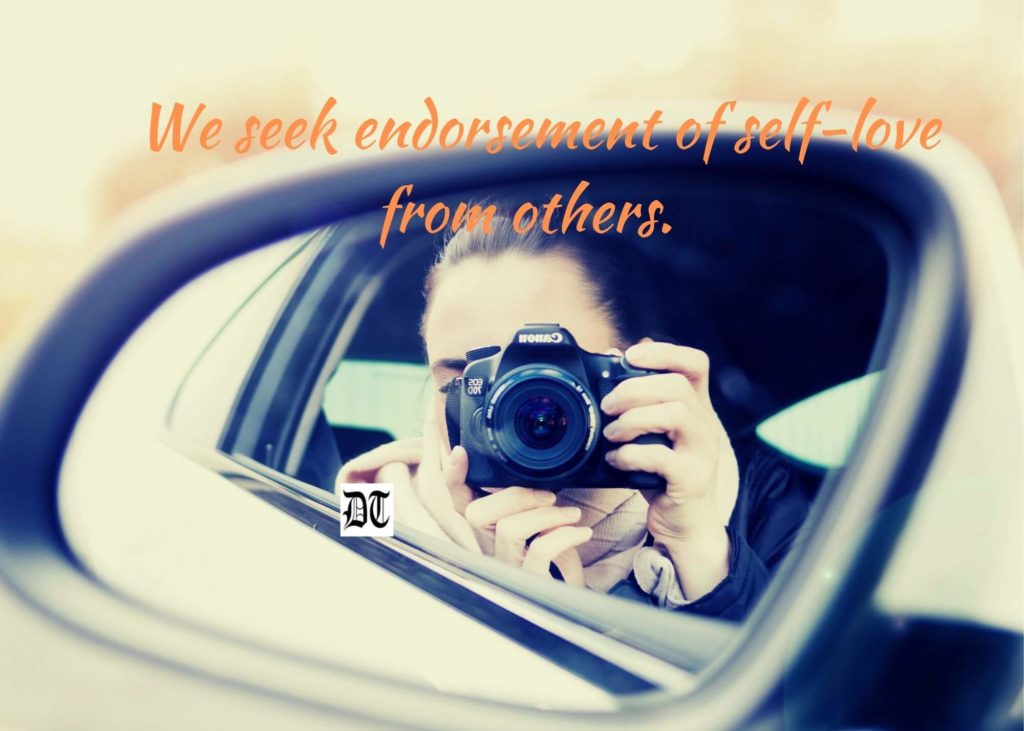
Technology is Not Innocent
Whether selfie culture has actually promoted pathological self-love or not, it is for psychologists to decide. What is most important here is that technology is not innocent. It transforms our society materially and scripts us anew. Kinetic Honda scooter jingle in the nineteen nineties promised such a transformation. It went like this: “Kinetic Honda, it comes to you, it changes you, and you’ll never be the same again.” This was possibly the most audacious claim made on behalf of technology rewriting us.
In what unheard-of ways newer technologies will rescript us in future, only time will tell.
The process is continuing unabated. In what unheard-of ways newer technologies will rescript us in future, only time will tell. A digitised super speed highway facilitated the makeover of image-junkies to selfie-junkies. Where the future technological highways or low-ways will take us, no crystal-gazing can predict.
Photos by the author and visual by Different Truths

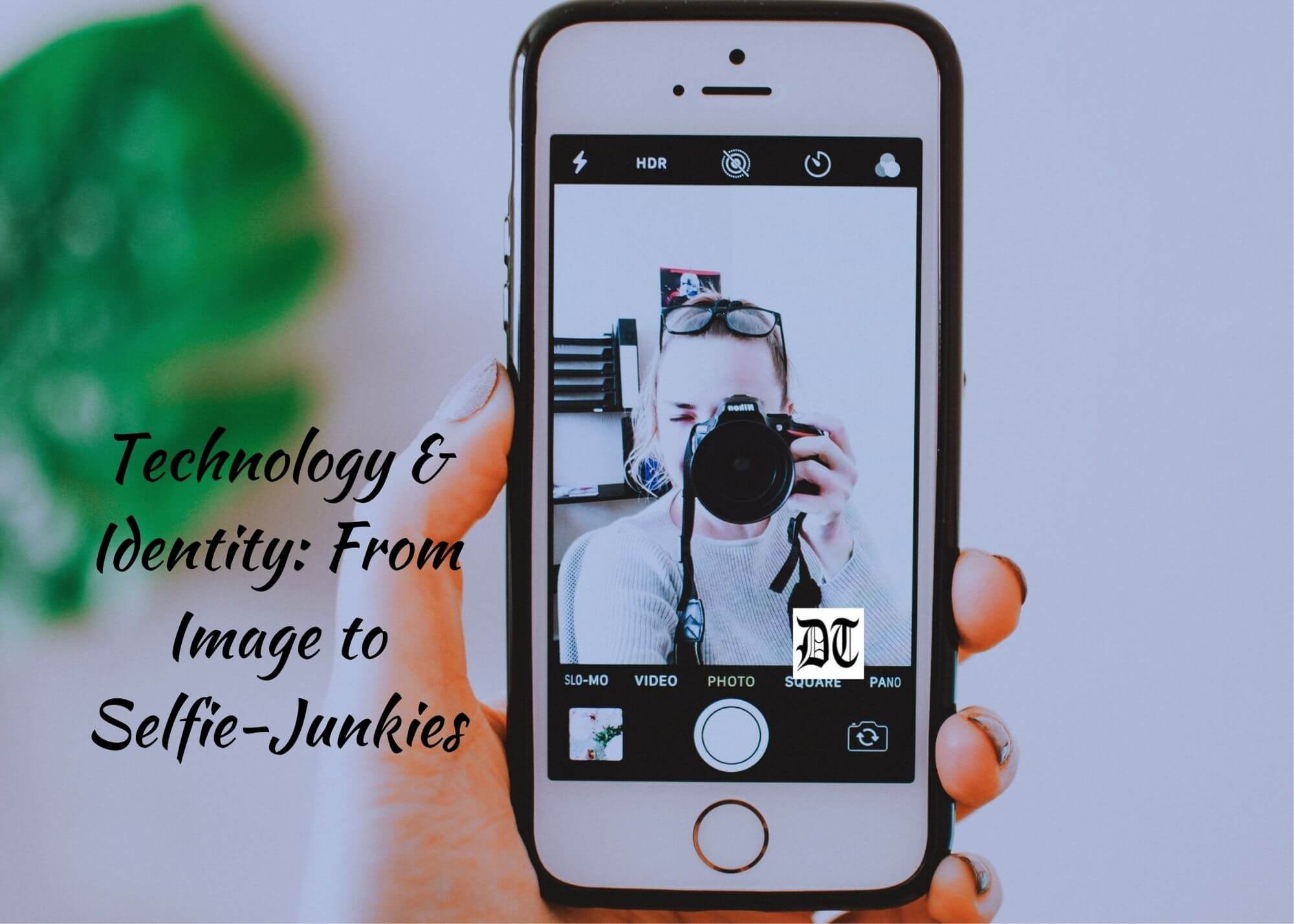
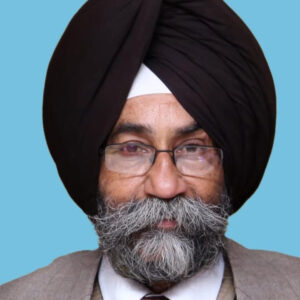



 By
By
 By
By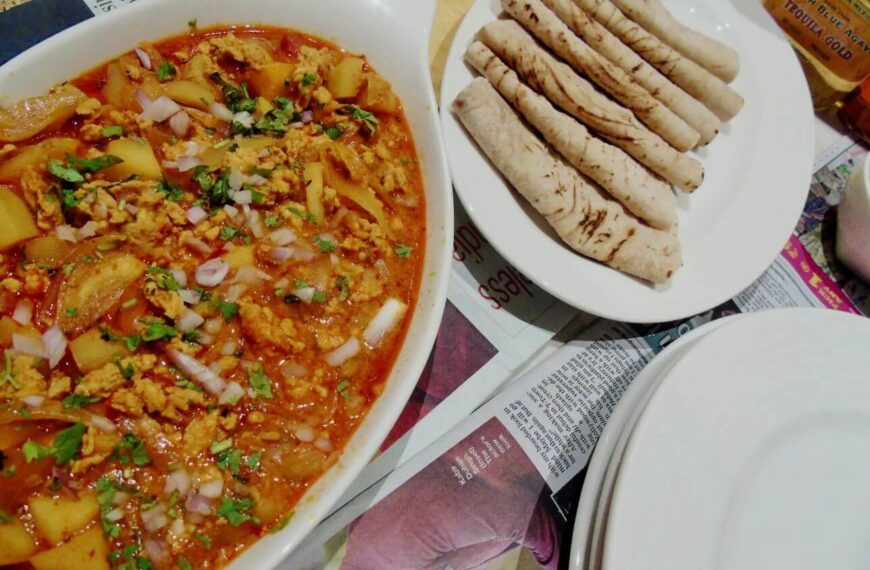

 By
By
Very true sir, we have fallen in love with our own image and want endorsement of self love from others.
Thanks, Dr. Sandeep.
That’s right, sir. We really need to stop judging ourselves through the eyes of others. Thank you for this introspective piece of writing, sir
Thanks, Dr. Baljeet.
A thoroughly enjoyable read. The article is highly scholarly in nature, relevant to the technology driven times we are living in yet retains the human interest element for the casual reader. Eagerly looking forward to more from the author..
Thank you so much, Ripudaman.
There was only one Narcissus. Now mobile phones and social media create hosts of golden daffodils!
Ha ha, Neil. Wordsworth would have been so happy!
Really introspective, Sir
Thanks a lot, Dr. Ankdeep.
Selfie-age is about sudden flashes of light, illumination is scarce. One wonders, what new form of affliction will capitalism ‘gift’ to future generations! Your article is thought provoking. Thankyou, Sir.
Thank you so much, Harpreet.
Poignant and thought-provoking… this scholarly article with diverse references to literature and theory provides a lot of food for thought to the reader. Thank you for enriching us. And yes, the accompanying photographs are immensely beautiful….
Thank you so much, Prabhjot.
Sir, your selection of the topic is interesting in the sense that selfie has become part of our culture. Those who have nothing to boast of resort to selfie to promote them. It is the easiest and cost free method for self promotion. With the blinking of an eye your selfie traverses overseas. Its craze among the youngesters has crossed all limits. We hear, here and there ,many have gone to the next world while taking selfies. May their souls rest in peace. Evokes a lot of laughter and smiles. Done a good research work. Congratulations.
Right, Sir. You’ve added another dimension to it. Thank you so much.
Quite insightful and profound. The observations are deep, analytical and telling. The gaze on the self through the lens and its propagation on SNS is true depiction of this culture. The contrast in the attitudes of corncob seller is depicts the ambivalence that exists across culture. Quite an enjoyable read. Thanks a lot for sharing. It’s an intellectual and a literary feast indeed.
Thank you so much, Manoj. Grateful for your appreciation and encouraging input.
A simple but penetrative and thought provoking piece of prose that entered my mental space with so many alarms. I have started thinking seriously, despite its so many obvious advantages, if the onslaught of technology has really made me a little different from a genuine human being. I would not like to become a robot in the process. The journey from time-keeper to time server is frightening but most of us, in my generation, followed the same route. We are actually fed up from this, at the same time try to beat it by going to hill stations or other places, but again with the active help of technology. The old lady’s innocense and naturalness is very saintly and serene but will she like her children to be in the same sort of life? The lack of technology has given her much but might have deprived her from more that she actually wanted to have. This reminds me of the life that Amish people follow by rejecting most of the technology. But probably the couple on the roadside does not have access to the technology and not a chance to reject it. Selfie culture, to me, is very childish way of establishing one’s identity and sensitive people are likely to come out of it. The permanent prisoners of this Culture are certainly cursed people. But the biggest question that Swaraj Raj has posed before me is: how to find the right balance of technology and the nature. Like everybody, I will try to find its answer for myself. Thanks.
I am really grateful to you, Sir for your very analytical comments. I believe the very awareness that we can become tools of that very technology which is enabling too, will help us renegotiate our relationship with the technological object. You have really tried to problematize the human-technology relationship, something that I’ve also tried to do in my own humble way. But yes, life lived in social media is depriving us of a huge repertoire of behaviour that we need to carry out real life social intercourse. Thanks a lot for your very precious comments.